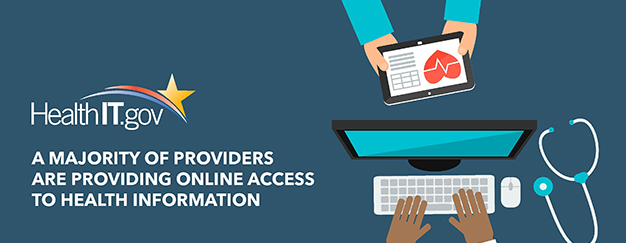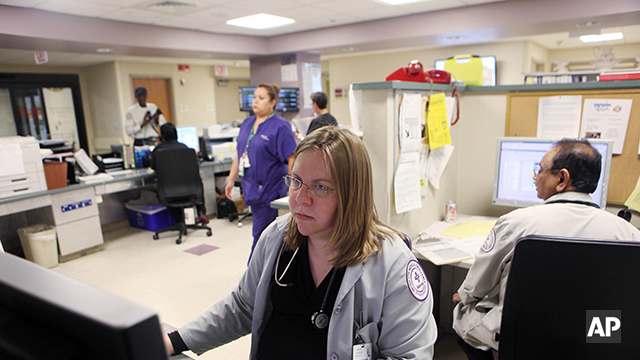Wednesday, February 10th, 2016

Wednesday, January 27th, 2016
Wednesday, January 6th, 2016
Wednesday, December 9th, 2015

Wednesday, November 25th, 2015
Wednesday, November 11th, 2015

Wednesday, November 4th, 2015
Thursday, October 29th, 2015
Wednesday, October 21st, 2015
written by Dean Sittig and Hardeep Singh
 One year ago, we highlighted missed opportunities in diagnosis of a patient who presented with Ebola in Dallas, Texas; a harmful misdiagnosis with substantial public health implications. Acknowledging human errors were also made, we emphasized specific areas of risk within the electronic health record (EHR)-enabled diagnostic process.
One year ago, we highlighted missed opportunities in diagnosis of a patient who presented with Ebola in Dallas, Texas; a harmful misdiagnosis with substantial public health implications. Acknowledging human errors were also made, we emphasized specific areas of risk within the electronic health record (EHR)-enabled diagnostic process.